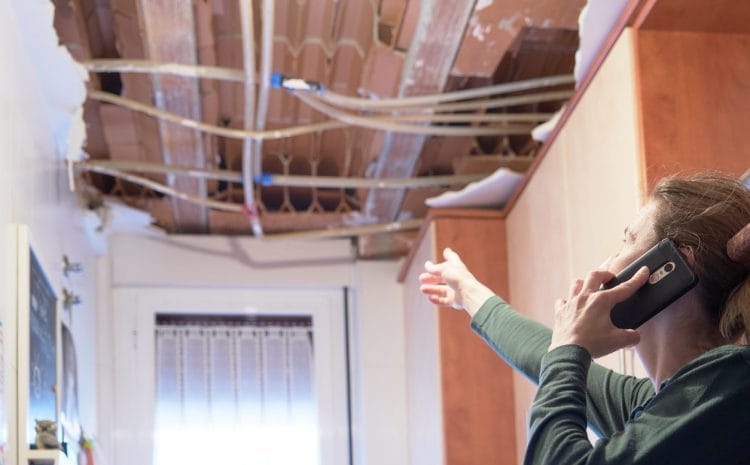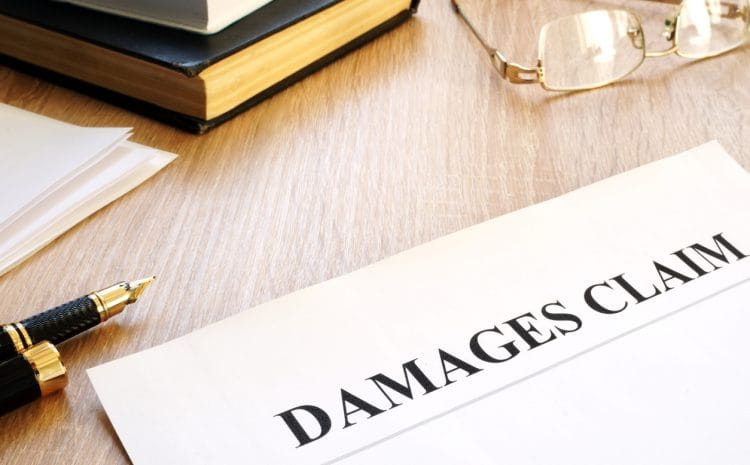Can Wind and Hail Damage to Roof Be Repaired Without Full Replacement?

In Florida and other storm-prone states, wind and hail are two of the most common causes of roof damage. When a strong storm hits, homeowners often face the dilemma: Do I need a full roof replacement, or can the damage be repaired? Understanding the scope of wind and hail damage to roof structures is key to making the right decision for your home—and your insurance claim.
In this blog, we’ll break down what qualifies as wind and hail damage, how to assess it, when repairs are possible, and when a full replacement is necessary. If you’re a Florida homeowner wondering what your next steps should be after a storm, this guide is for you.
What Is Wind and Hail Damage to Roof Systems?
Before we explore repair vs. replacement, let’s define the types of wind and hail damage to roof structures and materials.
Wind Damage to Roofs
High winds can:
- Tear off shingles or tiles
- Lift shingles, breaking the adhesive seal underneath
- Dislodge flashing, leaving vulnerable areas exposed
- Cause tree limbs or debris to impact and damage the roof surface
Wind damage may not always be obvious from the ground but can still compromise your roof’s integrity and make it prone to leaks.
Hail Damage to Roofs
Hail can leave behind:
- Dents or bruises in shingles
- Granule loss on asphalt shingles
- Cracks or splits in wood or tile materials
- Punctures in underlayment or membrane layers
While hail damage might seem minor at first glance, over time it can weaken your roof’s protective barrier, leading to costly water intrusion.
Can You Repair Wind and Hail Damage Without Full Replacement?
The answer is—it depends. In many cases, wind and hail damage to roof structures can be repaired, especially if the damage is localized and your roofing materials are still widely available. However, the extent of the damage, the age of your roof, and your insurance policy will influence whether repairs are feasible or if a full replacement is the better (or only) option.
Let’s take a closer look at the key factors.
When Is Roof Repair a Viable Option?
1. Damage Is Limited to a Small Area
If the wind or hail only damaged a few shingles or a single section of the roof, a targeted repair may be sufficient.
Examples:
- A few missing asphalt shingles
- Minor dents from small hailstones
- Slight lifting around roof edges or vents
In these cases, a licensed roofing contractor can replace the damaged materials and reseal the area to restore your roof’s integrity.
2. Roofing Materials Are Still Available
For a seamless repair, you need to match the new materials to the old. If your shingles or tiles are still being manufactured, this is much easier. But if they’ve been discontinued, a partial repair might not be possible.
3. The Roof Is Relatively New
If your roof is less than 10 years old and hasn’t experienced multiple prior repairs, most insurers and contractors will recommend repairing wind and hail damage instead of replacing the entire system.
When Is Full Roof Replacement Necessary?
1. Widespread or Severe Damage
If more than 25% of your roof is damaged—or if the structural deck is compromised—a full roof replacement may be the only option.
Signs of severe damage include:
- Multiple shingles missing across different sections
- Visible roof sagging or soft spots
- Leaks in several areas inside your home
- Severe hail bruising that impacts large areas
2. Mismatched or Discontinued Materials
If your roofing materials are no longer available, a patch repair could result in aesthetic mismatches and uneven weathering. This often leads to long-term problems—and may reduce your property value.
3. Recurring Storm Damage
If your roof has already undergone several repairs over the years and continues to suffer damage after each storm, a full replacement might be more cost-effective and provide better protection moving forward.
Florida Building Code and Roof Repair Regulations
Florida has specific rules when it comes to repairing wind and hail damage to roof systems. Under the Florida Building Code, if more than 25% of the roof is damaged within a 12-month period, the entire roof must be replaced to meet current standards.
This regulation applies to both residential and commercial properties and aims to ensure that repairs meet updated wind resistance and safety codes—especially important in hurricane-prone areas.
Will Insurance Cover the Repairs or Full Replacement?
Most homeowners’ insurance policies cover wind and hail damage to roof structures caused by sudden and accidental events, such as hurricanes, hailstorms, and tornadoes.
Key Insurance Coverage Points:
- Coverage may depend on the age and condition of the roof
- Policies may offer Actual Cash Value (ACV) or Replacement Cost Value (RCV)
- Hurricane deductibles may be higher than standard deductibles
- Some policies exclude cosmetic hail damage unless it impacts functionality
Tip: Review your policy carefully or consult a public adjuster to understand your options before starting repairs or replacements.
Steps to Take After Wind and Hail Damage to Roof
If your property has recently experienced a storm, follow these steps to assess and respond to the damage effectively:
✔️ Step 1: Inspect Your Property Safely
- Look for missing shingles or tiles
- Check for dents, cracks, or granule loss
- Look for interior signs like ceiling stains or attic moisture
✔️ Step 2: Document Everything
Take clear, time-stamped photos of:
- Roof damage
- Yard debris (hailstones, broken limbs)
- Interior damage
- Date and time of the storm (use news/weather reports)
✔️ Step 3: Contact a Roofing Professional or Public Adjuster
Have a licensed expert inspect your roof and provide an independent estimate. They’ll identify damage the insurance adjuster may overlook and help determine whether repair or replacement is more appropriate.
✔️ Step 4: File Your Insurance Claim Promptly
Don’t wait. In Florida, there are strict timelines for filing storm-related damage claims. Submitting your claim on time and with strong documentation improves your chance of getting fairly compensated.
How 411 Claims Help Supports Florida Homeowners
At 411 Claims Help, we specialize in helping property owners navigate insurance claims for wind and hail damage to roof structures. As licensed public adjusters, we work for you—not the insurance company—to make sure your claim is:
- Properly documented
- Accurately assessed
- Fully negotiated
- Paid at the maximum value
Whether your roof needs minor repairs or full replacement, our team ensures the insurance company honors your policy and responsibilities.
Conclusion: Repair vs. Replace? Know the Right Path Forward
So, can wind and hail damage to roof systems be repaired without a full replacement? Yes—but only in certain cases. The extent of the damage, the age of your roof, your materials, and Florida’s building codes all play a role in the decision.
If you’re unsure whether you qualify for a partial repair or need a complete roof replacement, don’t guess. Let the experts at 411 Claims Help guide you through the process and advocate for the compensation you deserve.
Remember: A small issue now can lead to a major disaster later—don’t wait.



